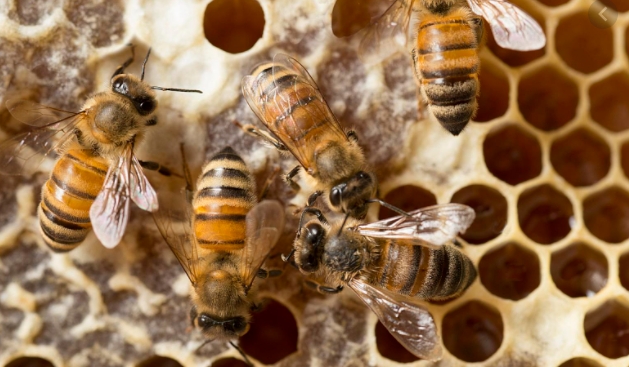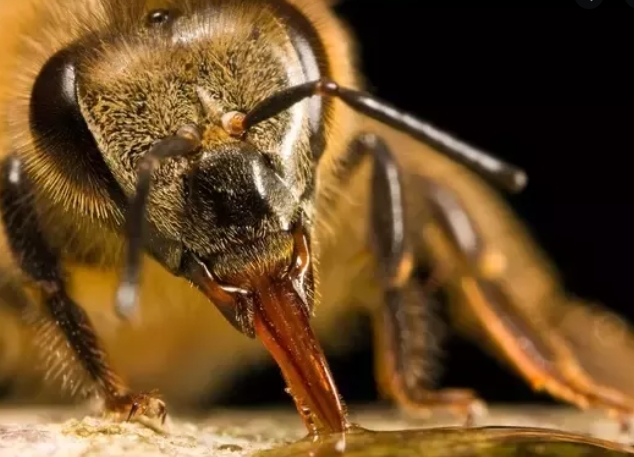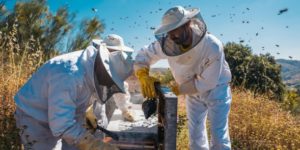The honeycombs that build beeswax are used to lay the brood by the queen, to store water without which the bees cannot survive, as well as to store nectar. Bees collect nectar from honey plants only at the time of year when a honey plant honeys. There are honey plants that secrete more or less nectar. For example, very common acacia copper up to 1000 kg / hectare, as much as copper and linden.
One bee can carry about 70 mg of nectar collected from 200 to 1,500 flowers. It is a weight that roughly corresponds to her body weight. In practice, this means that it takes about 15 thousand takeoffs to bring 1 kg of nectar to the hive. But that does not mean that there are so many kilograms of honey. Nectar is very liquid, because it contains a large percentage of water that goes up to 50%. When beekeepers inspect beehives and bee frames, if there is fresh nectar in the frame, then nectar may drip from the hive.

It takes time and extra effort for the bees to convert the nectar into honey. Bees use the work of their wings to dry out nectar, and water also evaporates on its own. Thus dried nectar that contains less than 20% water is called honey. Over time, the bees match the honey with the honeycombs (thin waxy membrane) thus preserving the honey for the winter. Only this kind of honey can and should be squeezed by beekeepers. In order for beekeepers to be sure that the honey is of good quality, the percentage of honeycombs covered with honey should be over 60-70%. Then it is certain that there is less than 20% water in the honey.



